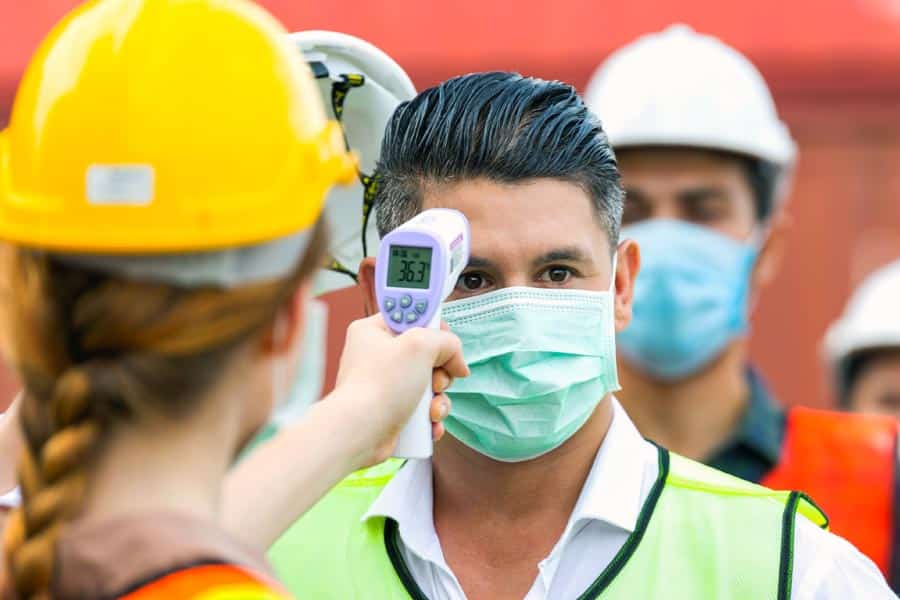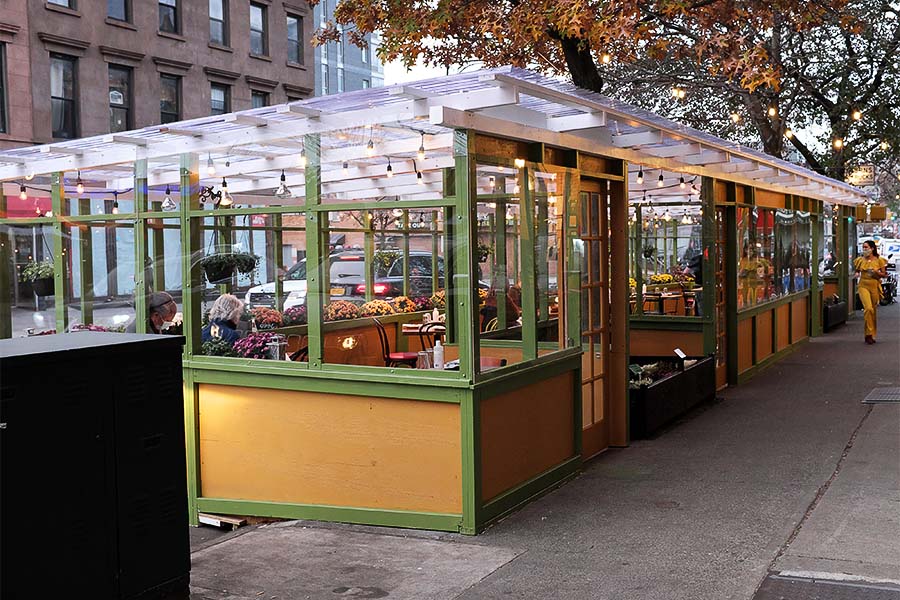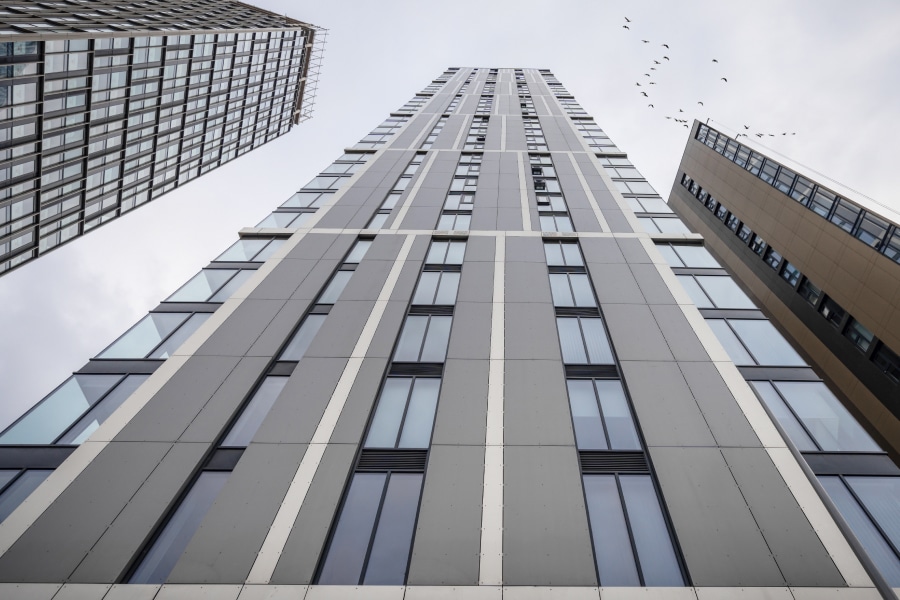It’s been about a year since the COVID-19 pandemic forced much of the world into lockdown. While the economy hasn’t fully recovered, the construction industry has largely benefitted from its status as an “essential” business, meaning it has been able to carry on while others have been forced to shut down or drastically curtail production.
Still, the construction industry has had to face many virus-related challenges, particularly when it comes to workers on jobsites. Even though the industry adapted quickly at the onset of the pandemic to make jobsites safe, that hasn’t stopped the virus from being a major problem for many construction workers.
A December 2020 study showed that construction workers were infected with COVID-19 at higher rates than workers in other sectors. The study’s co-author, Dr. Jeffrey Klausner, a professor of preventive medicine at the University of Southern California Keck School of Medicine and medical director for Curative, determined that 529 test results identified from “construction workers” had a 5.7% positivity rate for asymptomatic individuals and a 10.1% positivity rate for symptomatic individuals.
The Southwest Regional Council of Carpenters, which represents more than 55,000 carpenters in Southern California, Nevada, Arizona, Utah, New Mexico and Colorado, has worked with contractors to create COVID-19 safety protocols. The union has publicized an online COVID-19 training class that educates its members and contractors on how to protect themselves from getting and spreading COVID-19 on jobsites.
Some of the topics include how a COVID-19 outbreak can impact a jobsite, how to use personal protective equipment and safe work practices.
Contractors should aim to prevent COVID-19 on jobsites by continuing to mitigate the risks with mask wearing and physical distancing as much as possible, while ensuring that workers are routinely tested. Some jobsites do conduct temperature checks of employees as they arrive for a shift.
[FROM MAY 2020: Jobsite Safety During COVID-19: A Moving Target]
Vaccine availability for construction workers varies depending on state prioritization lists, and there’s currently not enough vaccine available to meet demands nationally—at least until manufacturing ramps up and other vaccines receive emergency use authorization. Earlier this month, President Joe Biden announced that there will be enough vaccine supply for all U.S. adults by the end of May.
Nevertheless, Klausner of USC said there needs to be more COVID-19 testing of construction workers who go on site.
“The industry should be testing workers twice a week. Those who test positive should be given paid leave for 10 days, and those who are exposed should be given five days of paid leave until their test is negative,” Klausner said. “Testing works to control outbreaks when done consistently and regularly. OSHA should require employers to offer regular testing.”
The Biden administration is already pushing to expand testing with the COVID-19 pandemic testing board and a public health workforce program established through an executive order. Construction sites with unionized labor may have to consult with unions about the feasibility of creating employee testing programs on site.
As of Jan. 29, OSHA has issued new worker safety guidance for COVID-19 protection programs. This guidance emphasizes employee rights and includes industry-specific guidance for construction workers.












